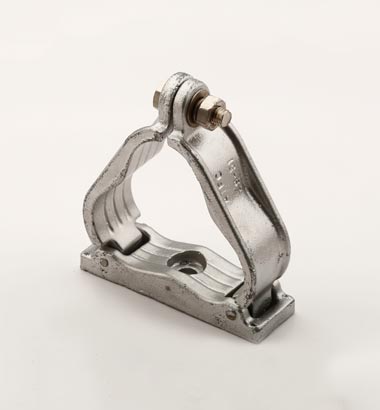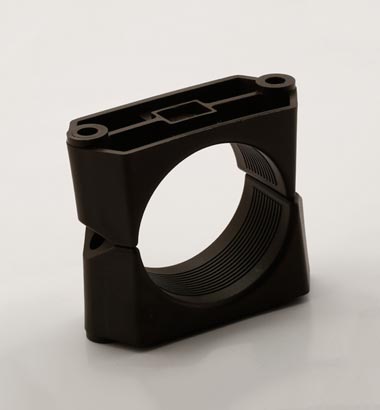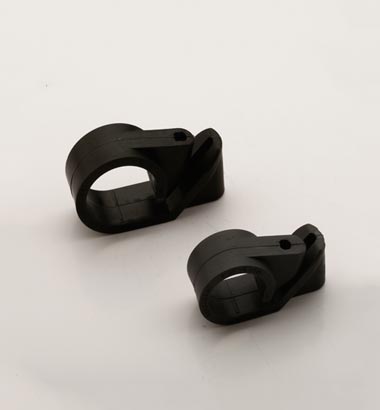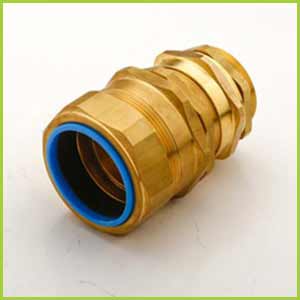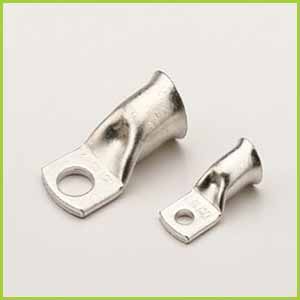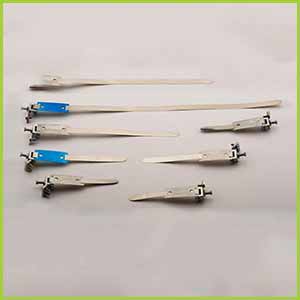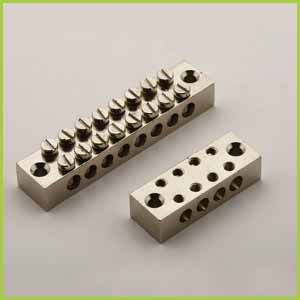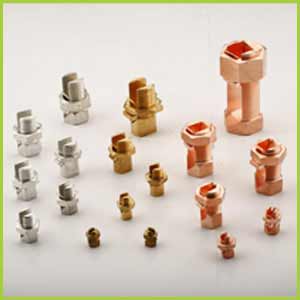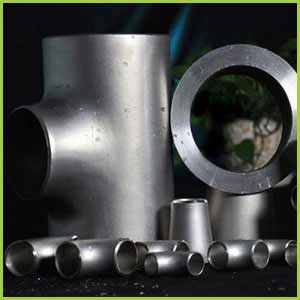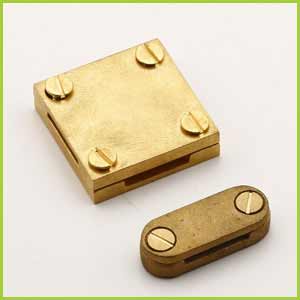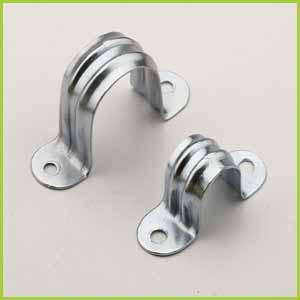Aluminium Cable Cleat: Lightweight Resilience
Aluminium cable cleats, often simply referred to as cable cleats, are expertly crafted to ensure the stability of electrical cables. These cleats are instrumental in restraining cables, preventing unwanted motion, and maintaining positioning integrity. They shine in applications where cables contend with mechanical stress and challenging environmental conditions. Crafted from lightweight and corrosion-resistant aluminum material, these cable cleats are versatile and well-suited for both indoor and outdoor environments.
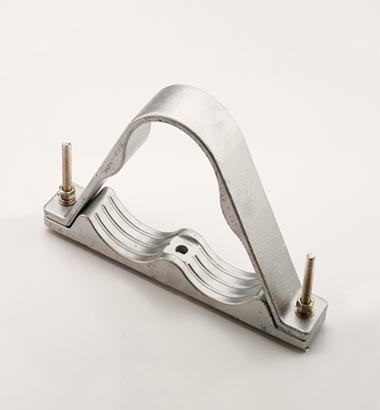
Trefoil Cable Cleat

Two Bolt Cable Cleat
